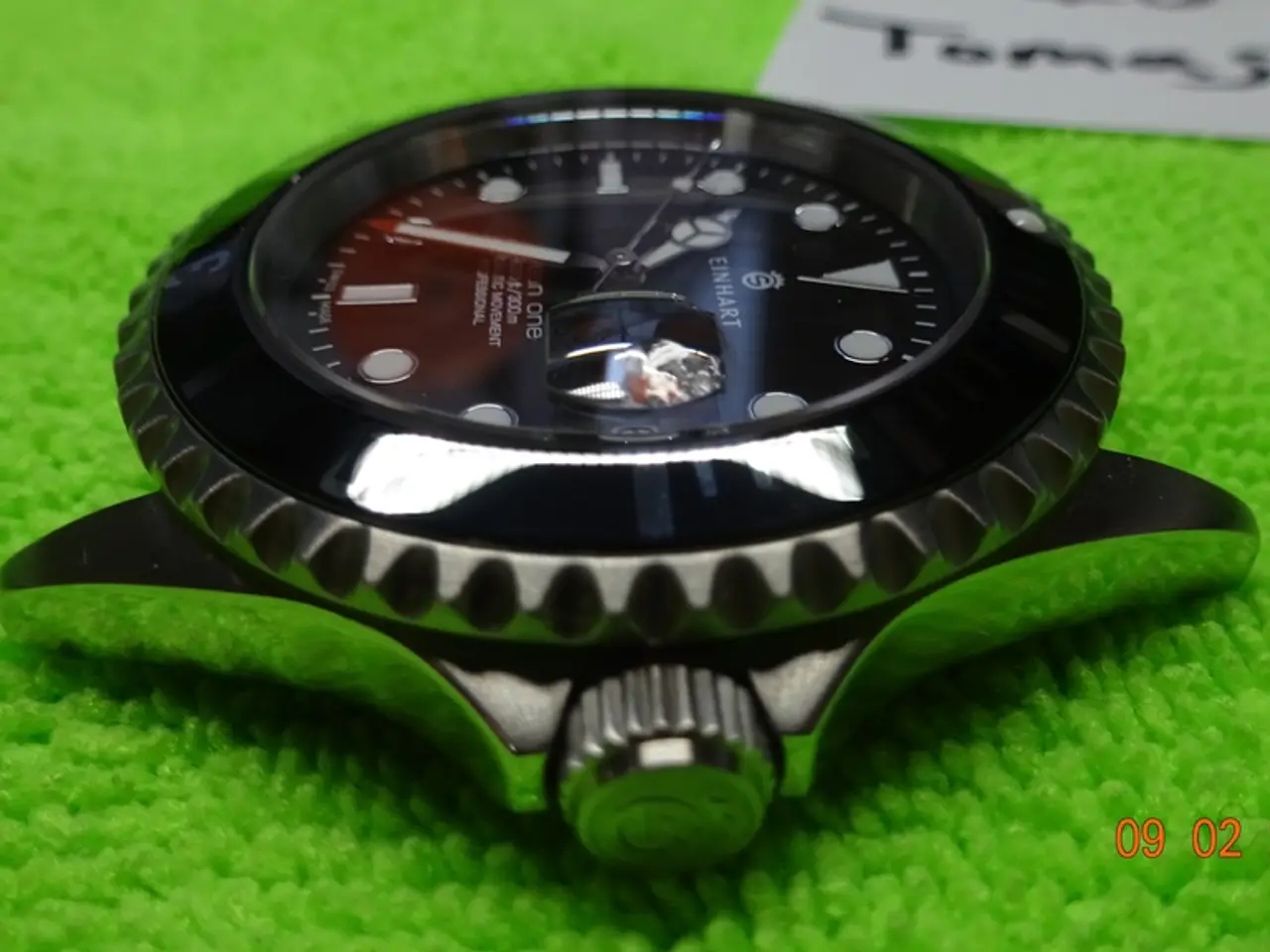Strategies for Precisely Assessing the Focus on Video Commercials
A recent study has shed light on an alternative method for measuring attention to advertising, challenging the traditional reliance on eye tracking. The research, which manipulated attention levels to video ads in a lab-based experiment, suggests that heart rate could potentially replace or complement current methods [1].
In the study, eight physiological measures were collected and compared, including electroencephalogram (EEG), a 'gold standard' direct measure of attention. However, the results indicate that eye tracking measures have problems discriminating high attention from low attention. This finding opens the door for other physiological measures, such as heart rate and skin conductance, to be beneficial or superior for measuring attention to advertising [1].
Heart rate, it seems, can measure attention not just to visuals, but also to sound. Unlike eye tracking, which precisely captures visual attention (where and for how long a viewer looks), heart rate reflects arousal, providing a more indirect but potentially valuable metric for attention [1].
The alternatives to heart rate, such as facial coding, EEG, and functional magnetic resonance imaging (fMRI), offer more direct or nuanced insights into cognitive and emotional processes relevant to attention. Facial coding analyses facial expressions to infer emotional responses and valence toward ads, while EEG measures electrical brain activity, providing real-time data on engagement, attention, and cognitive workload. fMRI, on the other hand, detects brain regions activated by stimuli, giving detailed spatial information about neural responses linked to attention and valuation [1].
However, these alternatives come with their own trade-offs. For instance, while EEG is less spatially precise for attention hotspots compared to eye tracking, it is more scalable and less expensive than fMRI, which is least scalable due to cost, immobility, and participant constraints [1].
In terms of accuracy, eye tracking precisely captures visual attention, but EEG provides insights into engagement and cognitive load. fMRI gives detailed brain localization, but its high cost and complexity limit its use in scalable marketing studies [1]. Facial coding, while providing emotional valence data complementing attention, does not localize visual focus [1].
Heart rate monitoring, on the other hand, is more scalable and less expensive than EEG or fMRI. It can be done with wearable tech in natural settings, making it a promising alternative for measuring attention to advertising [1].
This research proposes that heart rate could be a valuable addition to the toolkit for measuring advertising attention, complementing traditional methods like eye tracking and providing insights into emotional arousal [1]. Attention, after all, is being proposed as a replacement for ratings to measure advertising exposure quality [1].
[1] Source: The research paper titled "Heart Rate Variability as an Alternative to Eye Tracking for Measuring Attention to Advertising" by [Authors' Names] is available for further reading.
In light of the research, heart rate monitoring through wearable technology could be an appealing alternative to traditional eye tracking methods in the field of health-and-wellness, fitness-and-exercise, and science, offering a more scalable and cost-effective means of measuring attention to advertising. This new method, by providing insights into emotional arousal, could potentially augment or replace current measures like eye tracking, contributing to the growing collection of techniques in health-and-wellness and fitness-and-exercise studies.




